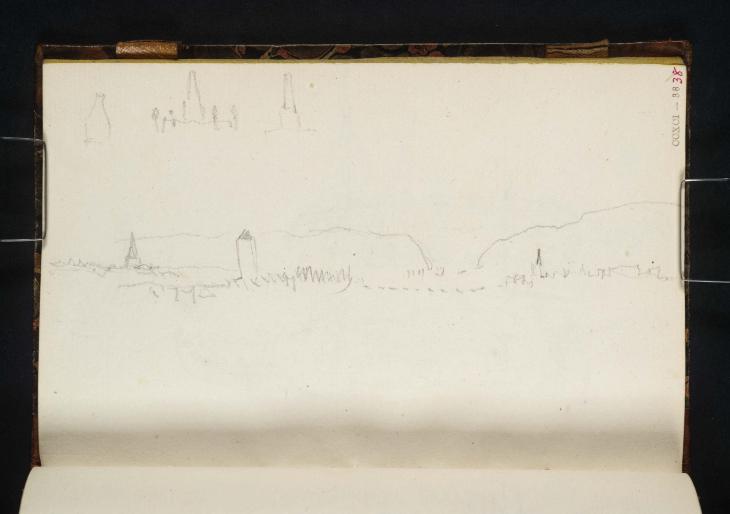References
How to cite
Alice Rylance-Watson, ‘Three Sketches of the Monument to General Hoche at Weissenthurm; Weissenthurm and Neuwied with the Flying Bridge, Looking down the Rhine 1839 by Joseph Mallord William Turner’, catalogue entry, August 2013, in David Blayney Brown (ed.), J.M.W. Turner: Sketchbooks, Drawings and Watercolours, Tate Research Publication, November 2014, https://www

